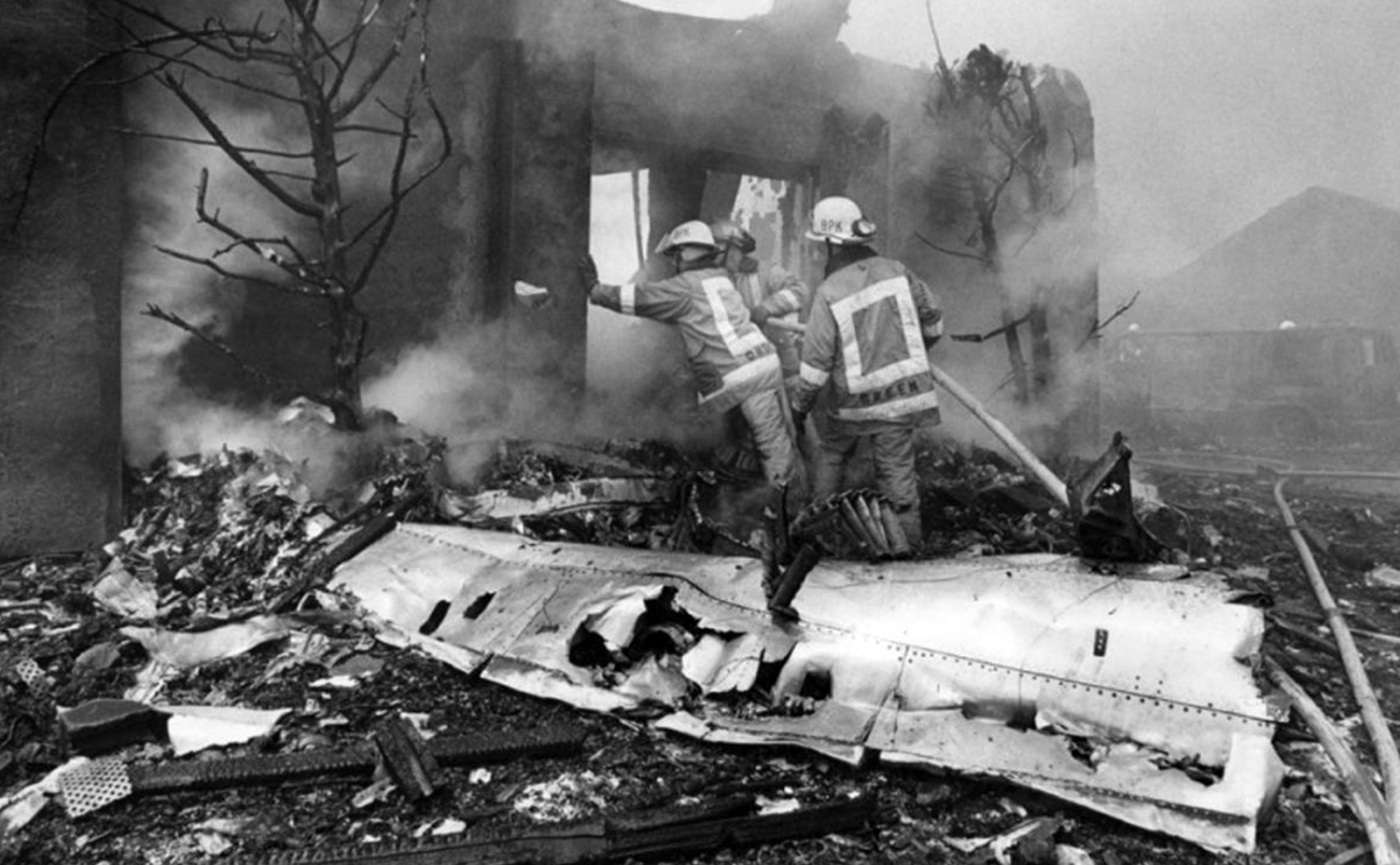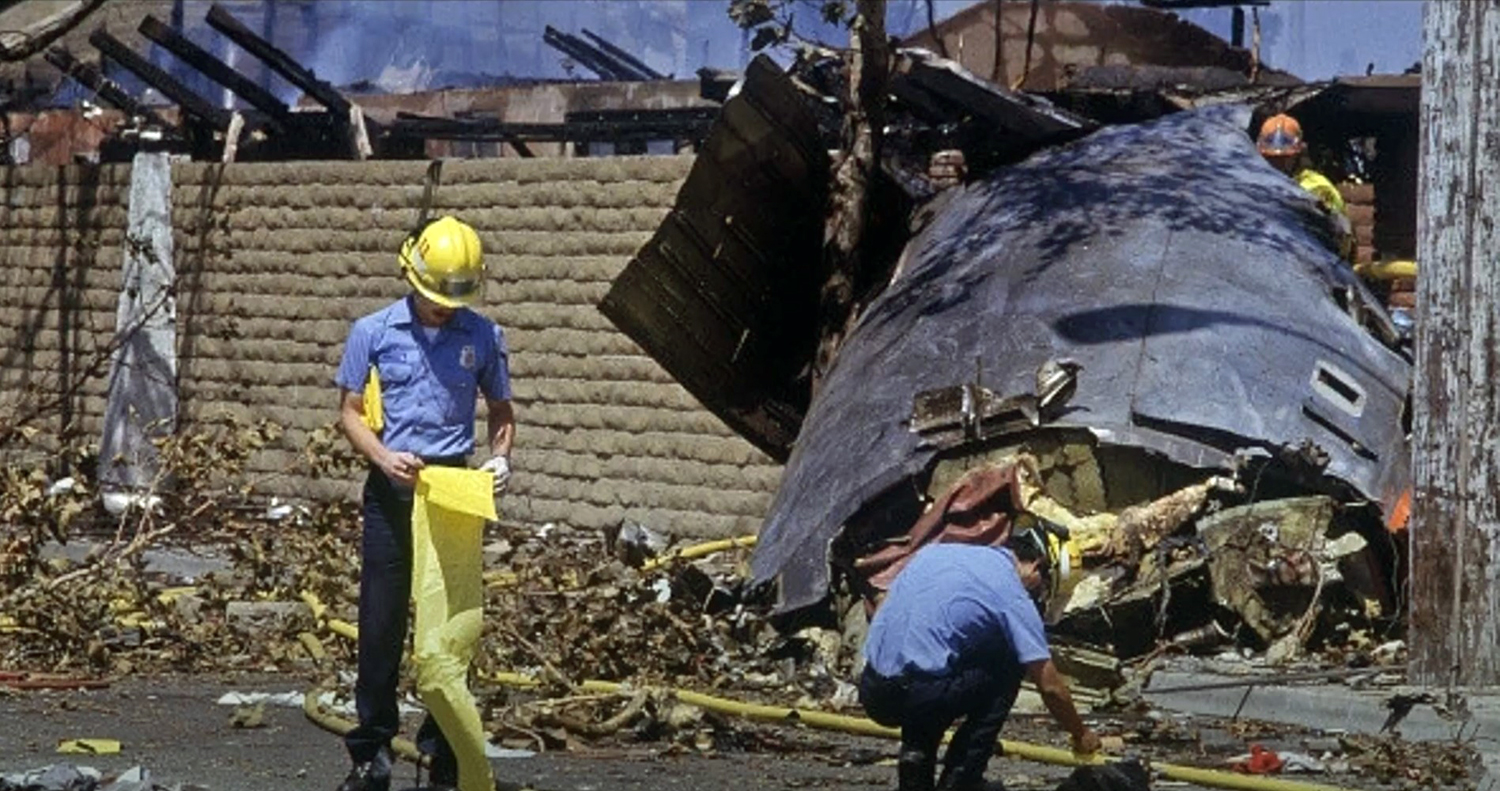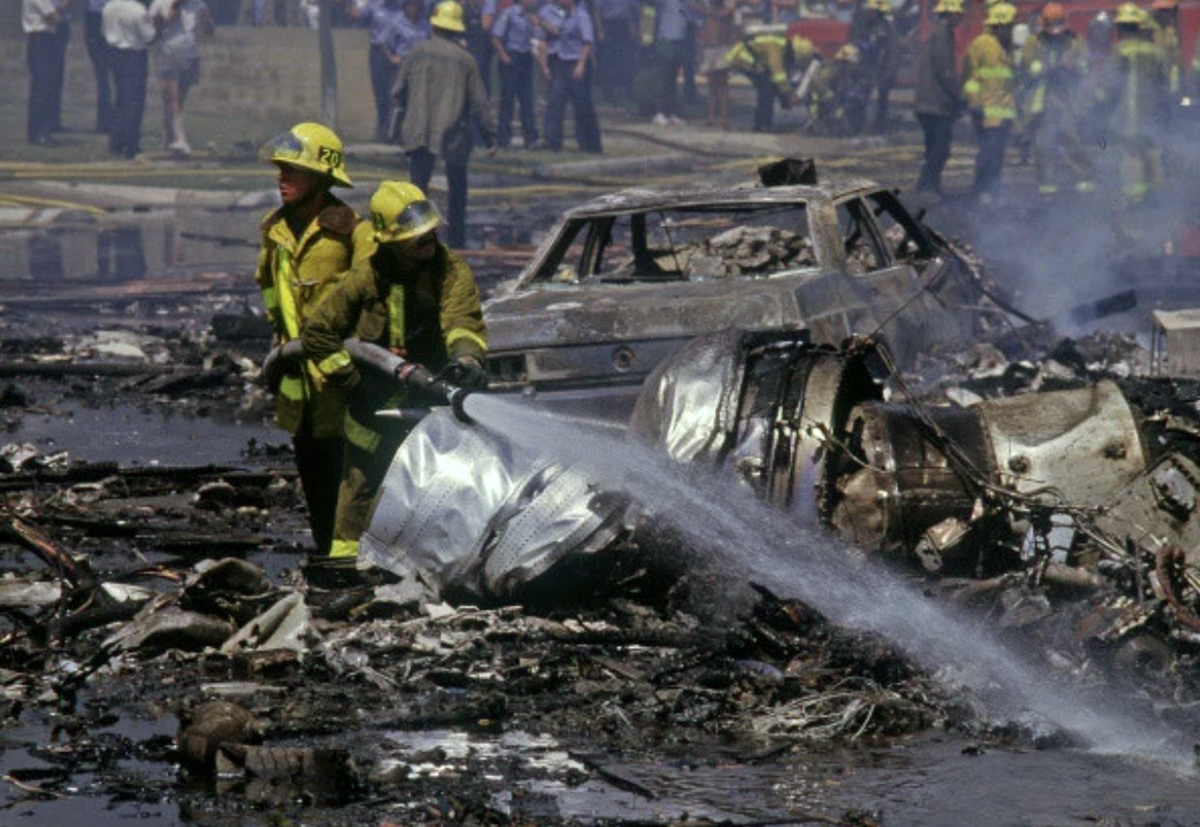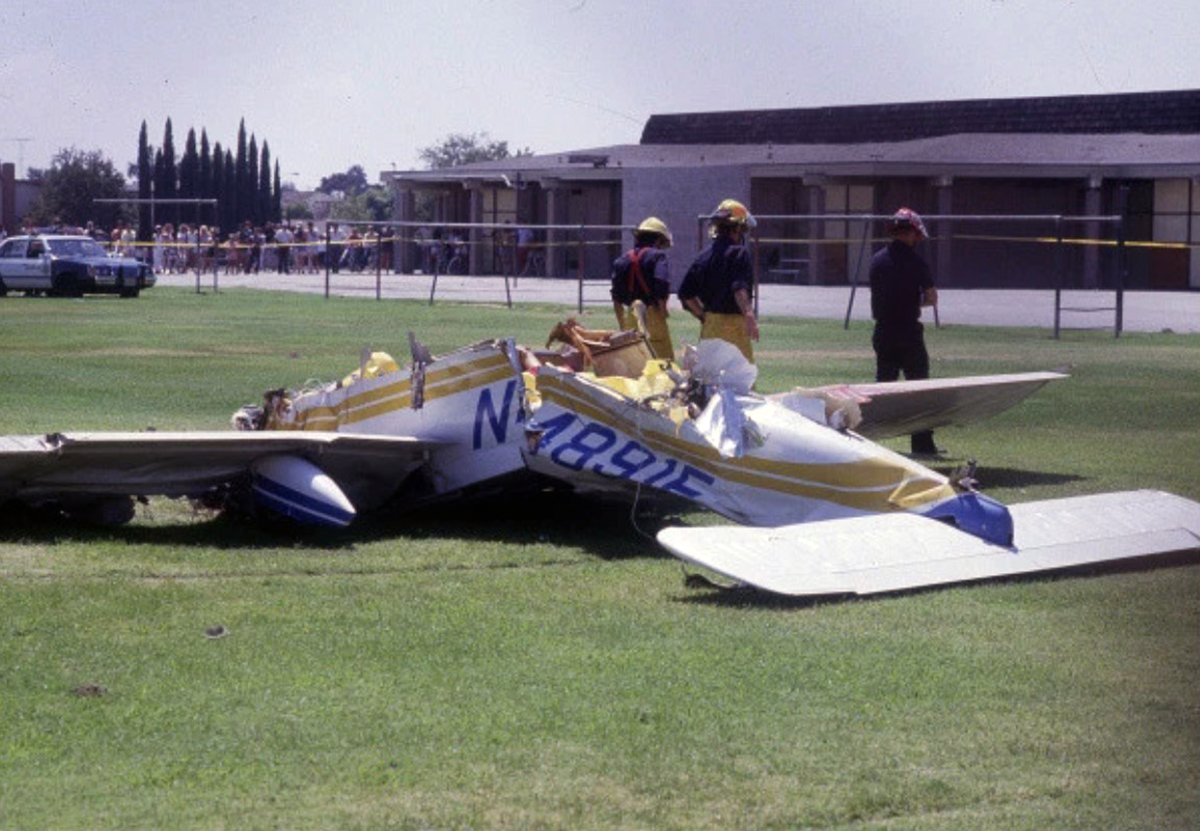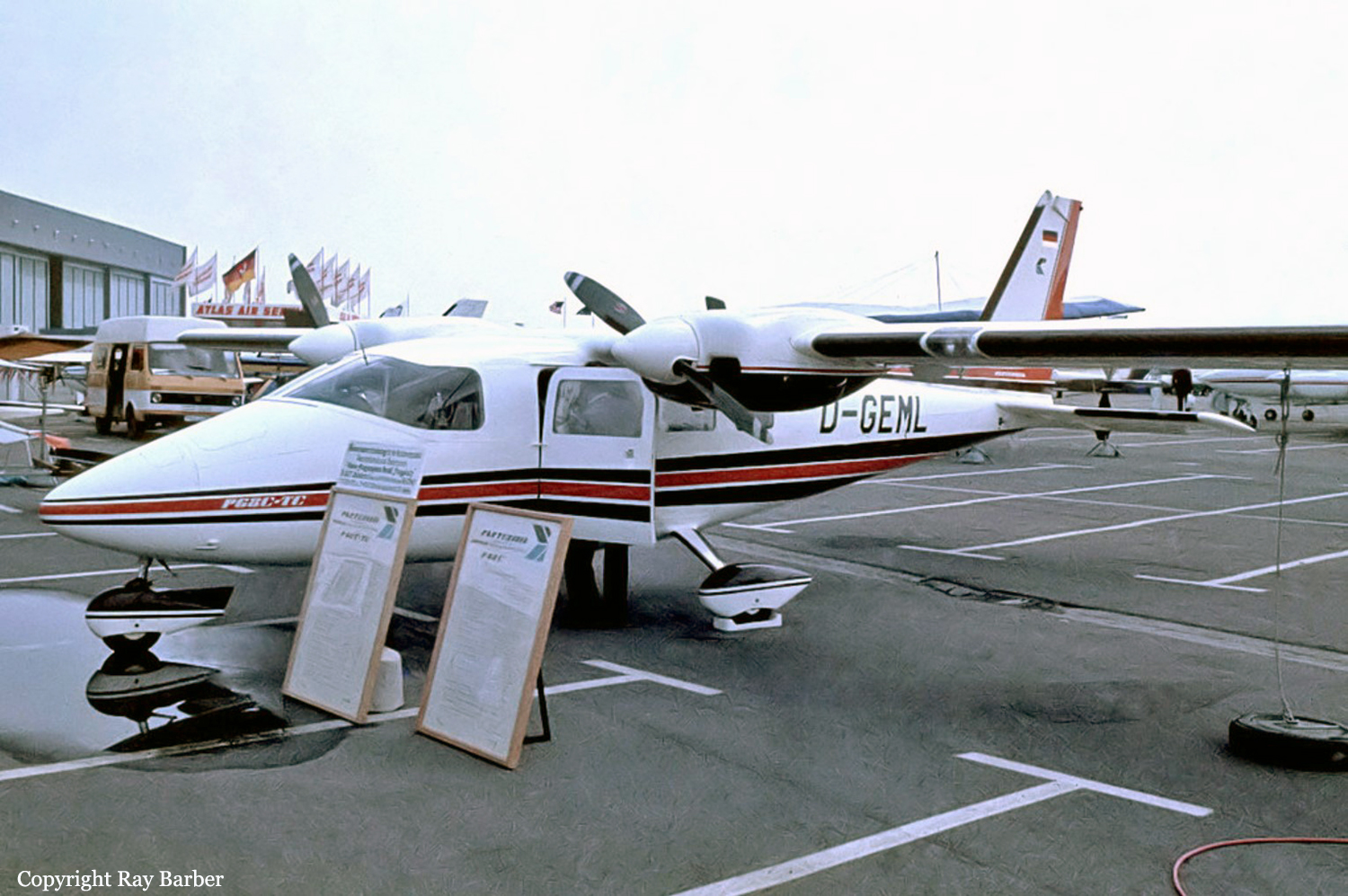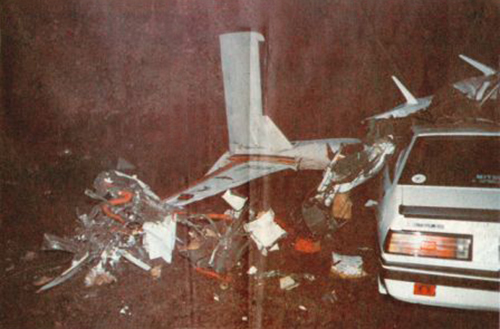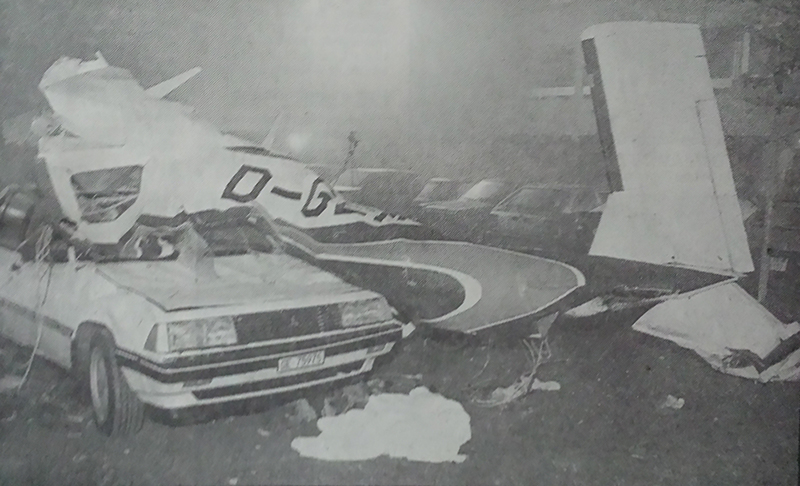Crash of a BAe 125-600B in Casablanca: 10 killed
Date & Time:
Dec 15, 1986
Registration:
5N-AWS
Survivors:
No
MSN:
256042
YOM:
1975
Crew on board:
2
Crew fatalities:
Pax on board:
6
Pax fatalities:
Other fatalities:
Total fatalities:
10
Circumstances:
On approach to Casablanca-Nouasseur Airport, the crew failed to realize his altitude was insufficient when the aircraft crashed into houses located 2 km short of runway. All eight occupants were killed as well as two people on the ground.




